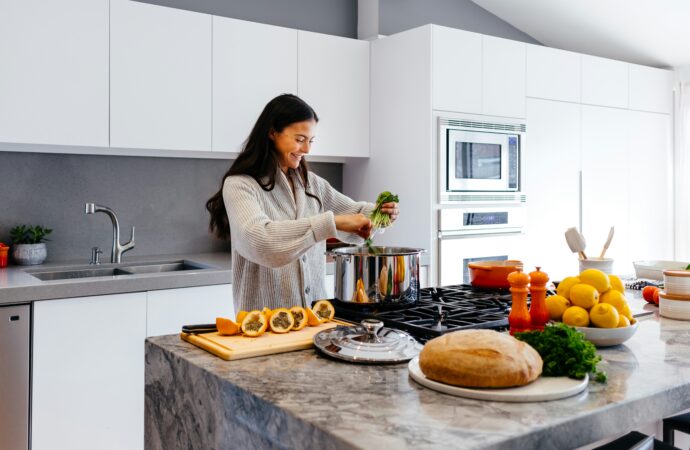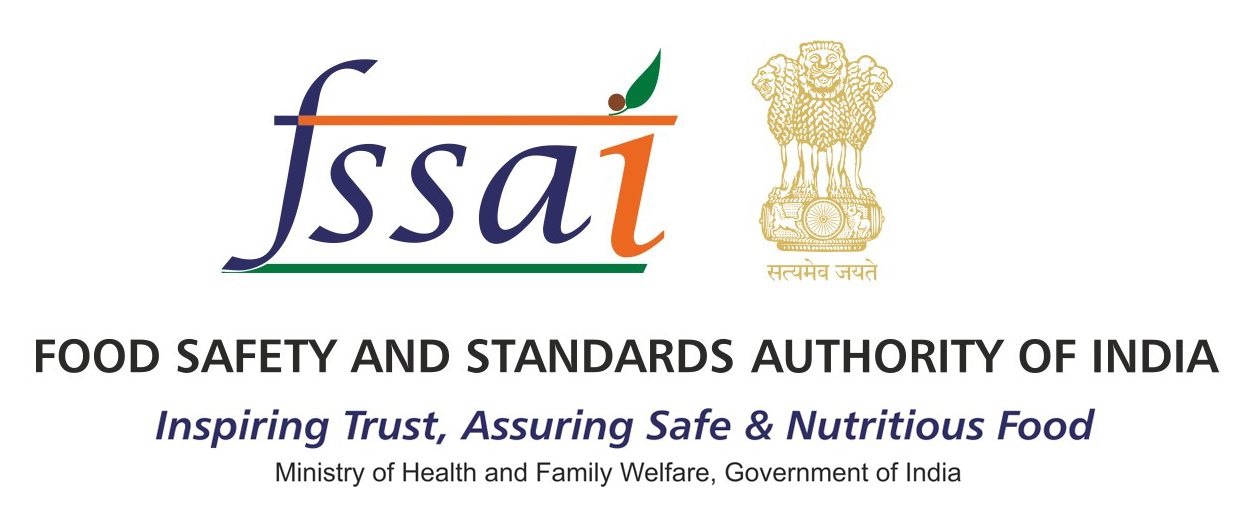Let’s explore ten essential tips to help you navigate the kitchen with confidence and keep your food safe at home from farm to fork.
1. Cleanliness:
The foundation of food safety begins with cleanliness. Before diving into food preparation, take a moment to wash your hands thoroughly with soap and water. Ensure all utensils, cutting boards, and countertops are clean and sanitized to prevent cross-contamination.
2. Separation:
Raw meats, poultry, seafood, and eggs should be kept separate from ready-to-eat foods to avoid the spread of harmful bacteria. Use different cutting boards and utensils for raw and cooked foods, and be mindful of cross-contact during grocery shopping and storage.
3. Cooking:
Proper cooking temperatures are crucial for killing bacteria and ensuring food safety. Invest in a reliable food thermometer and cook meats, poultry, and seafood to their recommended internal temperatures. Remember to reheat leftovers to 165°F (74°C) to eliminate any lurking pathogens.
4. Chilling:
Refrigeration slows down the growth of bacteria, so it’s essential to promptly refrigerate perishable foods. Keep your refrigerator set at 40°F (4°C) or below and store leftovers in shallow containers for quick cooling. When thawing frozen foods, opt for safe methods such as the refrigerator or cold running water.
5. Storage:
Store raw meats and eggs in sealed containers to prevent cross-contamination and leakage. Keep eggs in their original carton and store them in the main refrigerator compartment. Regularly check expiration dates and discard any expired or spoiled foods to maintain freshness and safety.
6. Handling leftovers:
Leftovers are a convenient way to enjoy meals on busy days, but they require proper handling to remain safe. Consume leftovers within 3-4 days or freeze them for later use. When reheating, ensure leftovers are heated thoroughly until steaming hot to kill any bacteria.
7. Avoiding Temperature Danger Zone:
Keep hot foods hot and cold foods cold to prevent bacteria from multiplying. Aim to serve hot dishes above 140°F (60°C) and keep cold dishes chilled below 40°F (4°C) to maintain food safety.
Outside Kitchen Premise
- Personal Hygiene:
Your hygiene plays a significant role in food safety. Avoid cooking when you’re sick, and practice good hygiene habits like tying back long hair and refraining from touching your face while cooking. - Pets:
While our furry friends bring joy to our homes, it’s essential to keep them away from food preparation areas to prevent contamination. Designate separate spaces for pet food and kitchen activities to ensure food safety for your family. - Read Labels:
Pay close attention to storage instructions on food labels and follow them diligently. Proper storage ensures food stays fresh and safe for consumption, minimizing the risk of foodborne illness.
Conclusion:
By implementing these ten essential tips for safely handling and storing food at home, you can create a kitchen environment that prioritizes food safety and promotes the well-being of your family. With a little diligence and attention to detail, you can enjoy delicious meals with peace of mind, knowing that every bite is safe and wholesome.
 Food Manifest
Food Manifest 
















Leave a Comment
Your email address will not be published. Required fields are marked with *